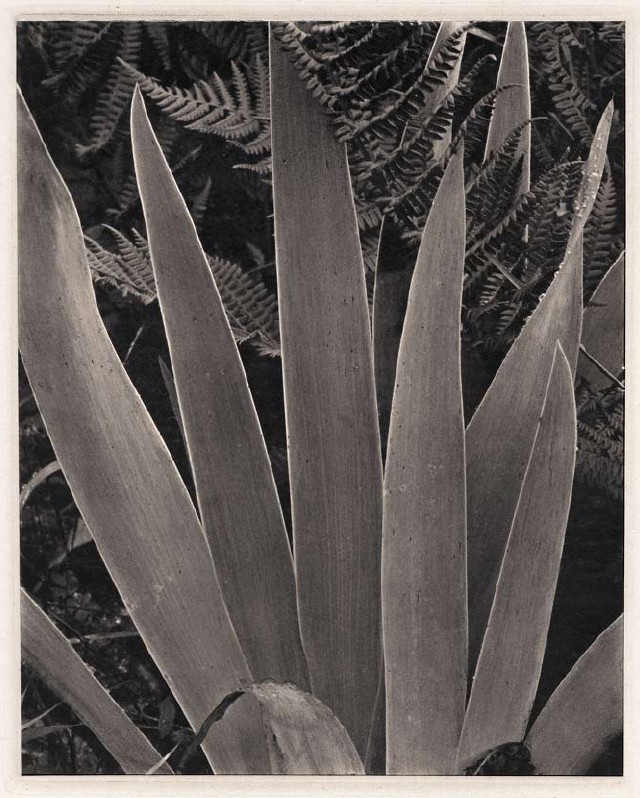- Relief printing
- Intaglio and planographic printing
- Color printing
- Bits and pieces
- Early photography in silver
- Non-silver processes
- Modern photography
- Color notes
- Color photography
- Photography in ink: relief and intaglio printing
- Photography in ink: planographic printing
- Digital processes
- Where do we go from here?
Conclusion

Hand gravure. Paul Strand. Iris. 1928. 9 13/16 x 7 7/8" (25 x 20 cm). Printed by Jon Goodman and Richard Benson. 1978. Berlin. The Museum of Modern Art, New York. Gift of Richard Benson © Paul Strand Archive, Aperture Foundation, Inc.
The demise of pictures in single copies is one of the first great innovations of printing, which has totally undermined the social role of pictures that exist in only one copy. Photography, even before it linked up with printing, introduced other great changes: the lens replaced the eye as a data-gathering tool and chemical processes replaced the hand in translating that data to print form. Our survey shows the steady adaptation of photography’s informational power to the printing presses, and by the end of the last century, the hand had completely disappeared from these unified visual processes. It was still in there messing around until the computer came along, but now we make and distribute multiple copies of pictures that are never touched by the ancient hand/eye/mind activity that made this little painting.
The bar code gives us a warning that the hand is only the first part of the human being to disappear from picture-making. As soon as the power of pictures made for machines is recognized, the whole technological infrastructure we live in will change. As I write this, machines built to understand pictures are still crude; in concentrating on developing the technology to make pictures for people to understand, we haven’t quite realized that the technology of picture construction is just the simple, first half of the equation. The second half will be sophisticated devices to access and interpret visual data, and once those become commonplace the human being itself will start to slip out of the big picture and begin to take on a role in the background, planning and directing the show but no longer the central actor on the stage. The devices we make can already go where we are not allowed, through distances in time and space that biology simply can’t cope with, and it is just too interesting out there for this practice to do anything but grow. Before too long, technological tools will probably even comprehend what is discovered better than we can. I think we need to take on this new job and enjoy the technological child that we have been building, and that is so inevitably driving us and our biological relatives into the background. As we do so we need to recognize that some pictures, are made for the human being to enjoy, and that they should continue to be made, to exist solely for our individual pleasure.

